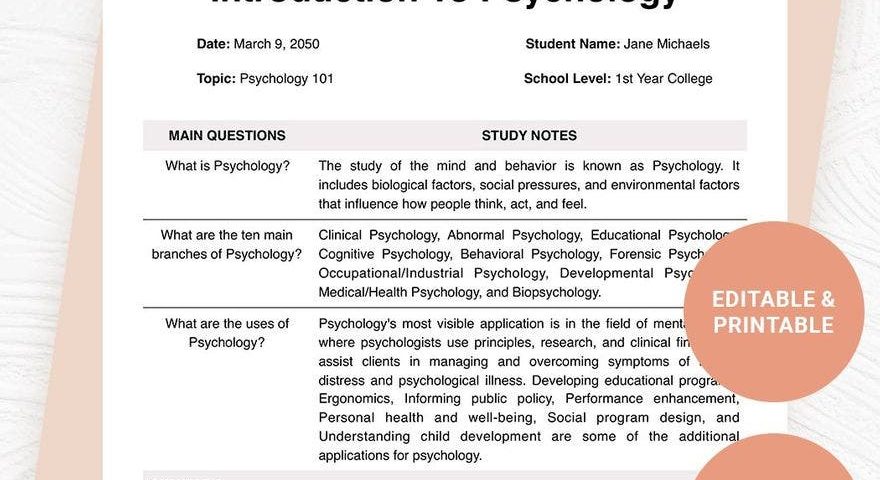Note taking is the process of jotting down information, on a sheet of paper or an electronic device, from various sources in an organized manner. It is also a skill essential for students and working adults, professional and non-professional alike.
[bb_toc content=”][/bb_toc]
Note Taking Definition and Meaning
Note taking is the act or process of taking notes.
Note taking is gathering information from different sources and writing them down on paper in a way that is easy to come and understand.
What is A Note Taking?
Note taking is collecting pieces of information from a source or speaker and then listing them in an outline using bullets or grouping them into categories and sections through diagrams. It is a process of recording important data in a notebook or journal. It is also an essential skill that should be mastered especially by people who are studying or who are frequent at conferences.
10 Types of Note Taking
College Note Taking
College note taking is recording details professors give away during class that can’t be found in textbooks or other review materials. This is where active listening skills come in handy paired with quick comprehension. A person must be quick in identifying what information is most valuable.
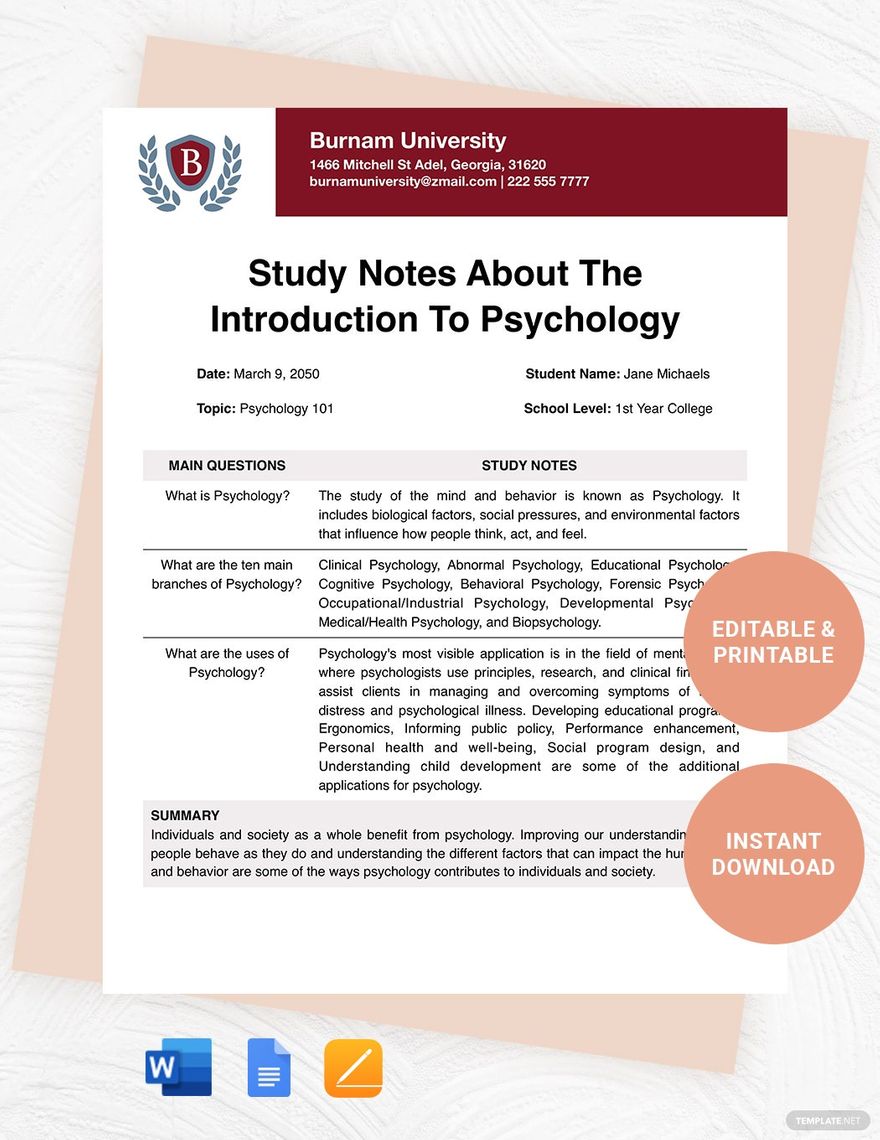
Cornell Note Taking
The Cornell note taking promotes better organization of ideas through its three-area layout which is composed of the Note Taking Area, the Cu Column, and the Summary. Note Taking Area consists of lengthy sentences covering the general idea of a topic while Cue Column comprises short forms of those from the previous area. Furthermore, Summary, the last area in the Cornell method, allocates space for the brief analysis of ideas found in the other two sections.
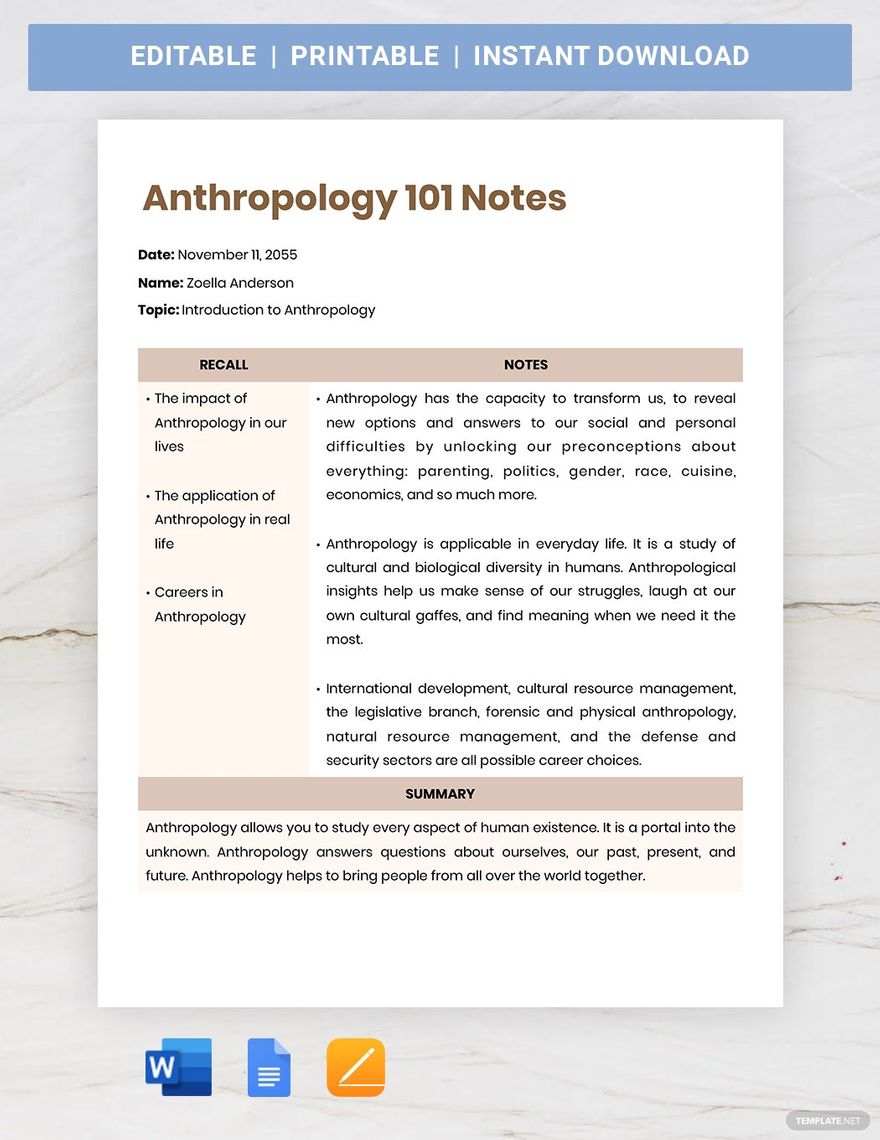
Student Note Taking
Student note taking is a type particularly associated with people who are studying. They may either be in a college, a university, or a local high school. This type may solely be intended for its namesake.
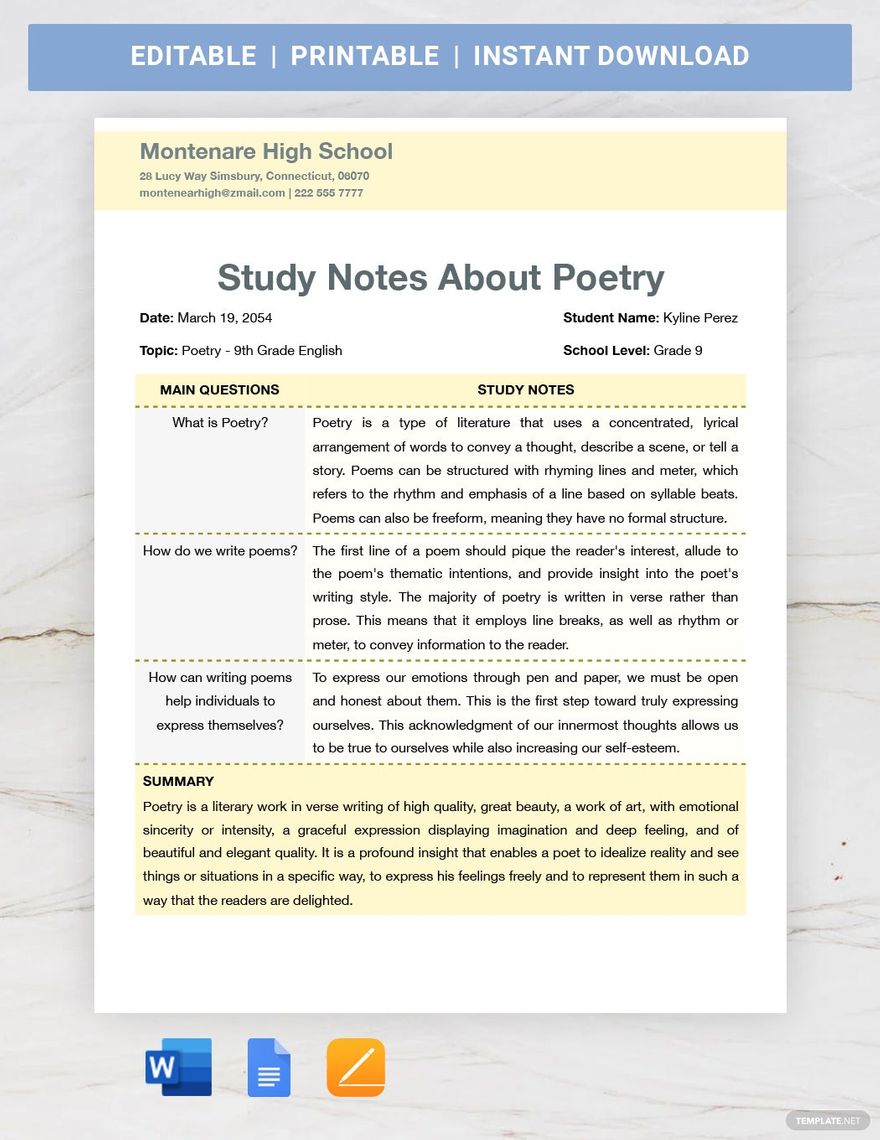
Digital Note Taking
Digital note taking is a type that uses a product of technology – this could be a laptop, a phone, or a tablet – to jot down notes from a class o a lecture. For many, this is better than manually writing on a sheet of paper. Technological advancement contributes a huge factor to the emergence of this factor.
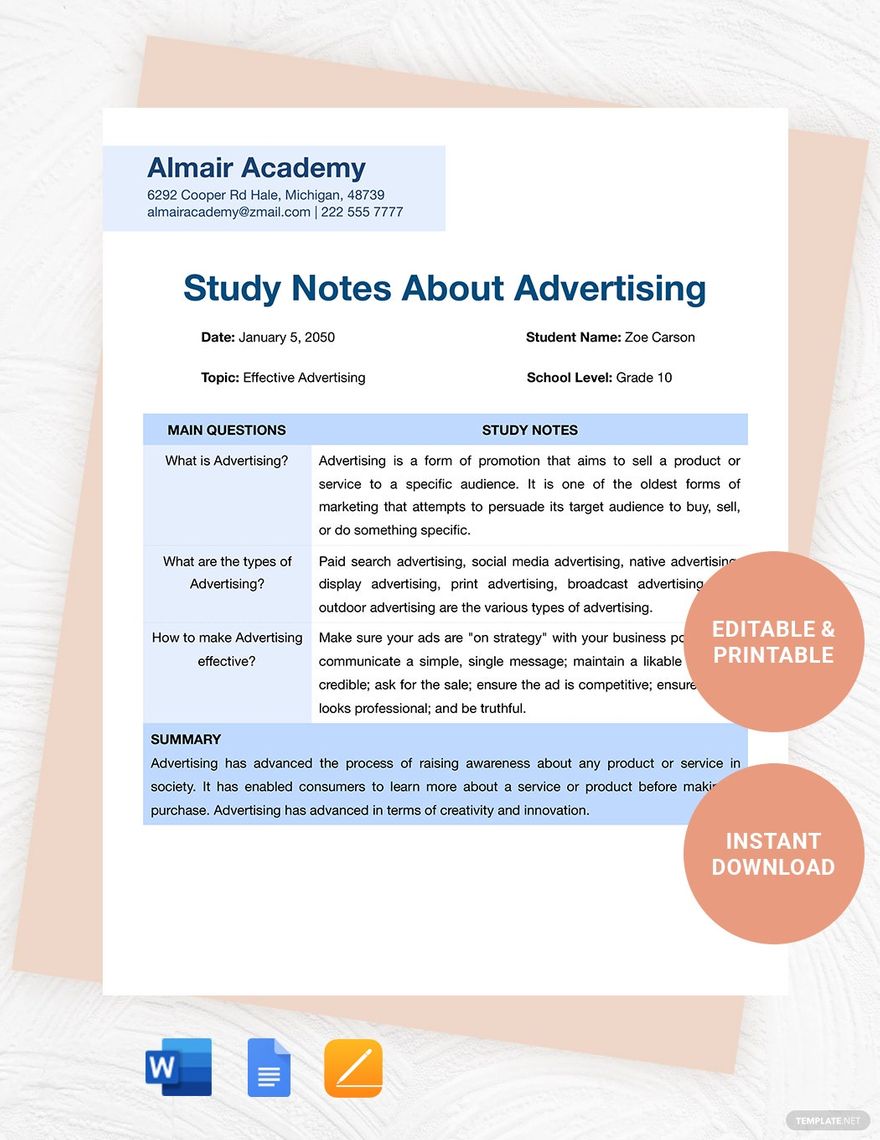
Nurse Note Taking
Nurse note taking is specific for professional and student nurses. It still has the same goal of keeping records of details and information from lectures and patients. However, this type emphasizes the importance of dates and signatures on the notes for verification purposes.
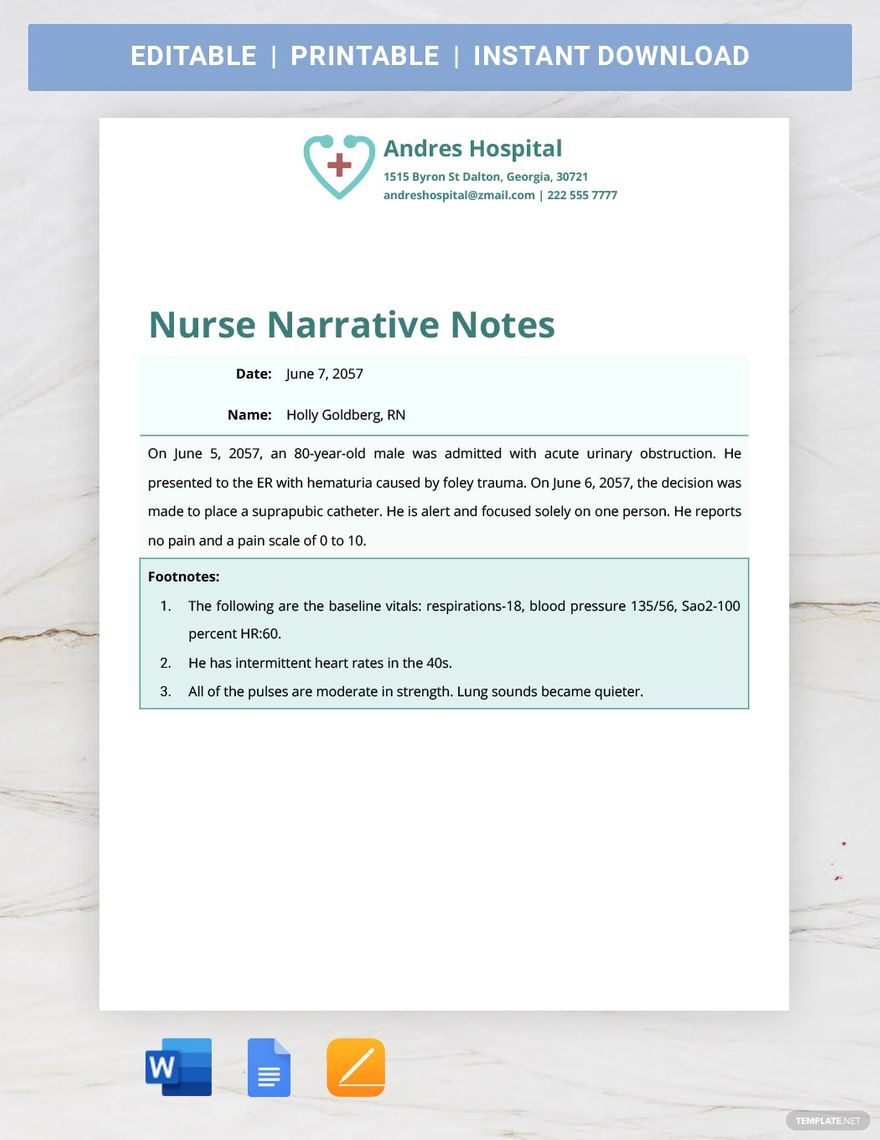
School Note Taking
School note taking is a type that is done within an educational institution. Usually, this transpires during a class or a lecture. Students and teachers are categorized as users of this type.
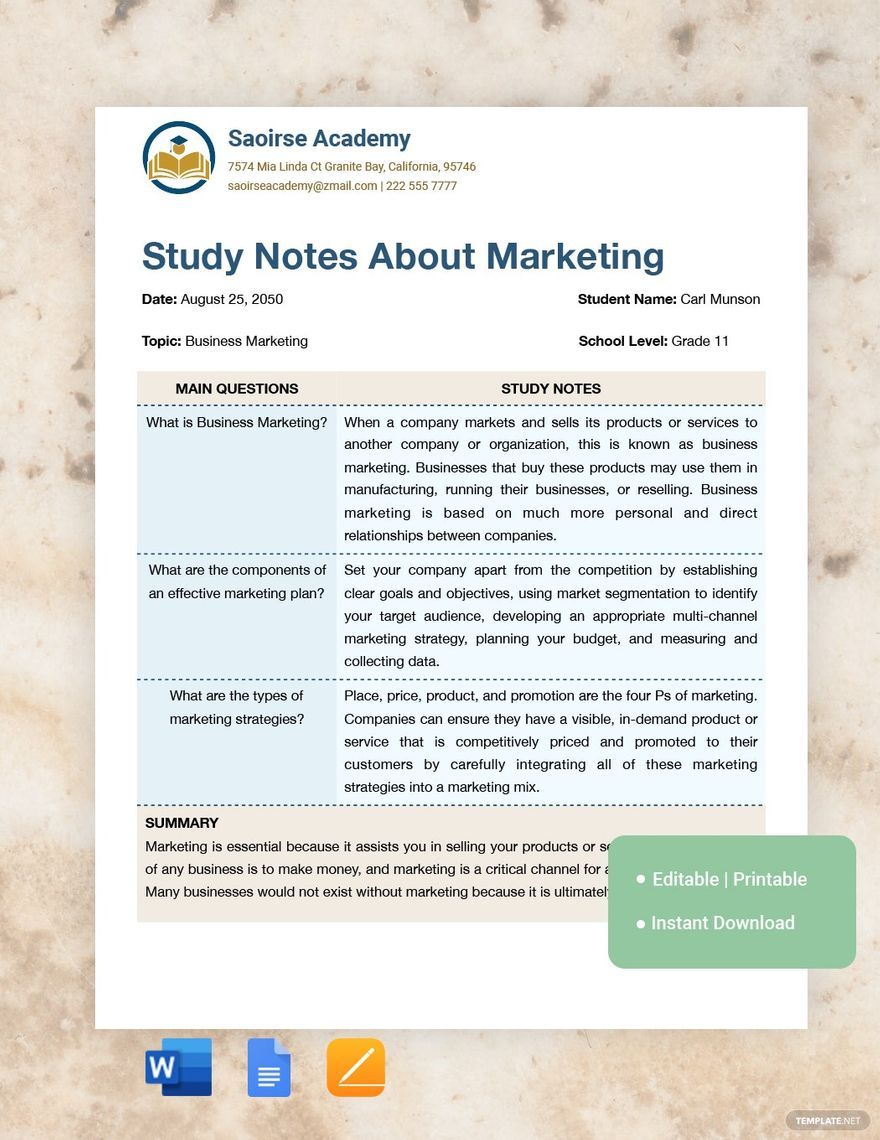
Sheet Note Taking
Sheet note taking is the opposite of digital note taking. It is a type that encourages good handwriting. Having neat and readable handwriting leads to effective reviewing or learning since data is manually taken down on a sheet of paper.
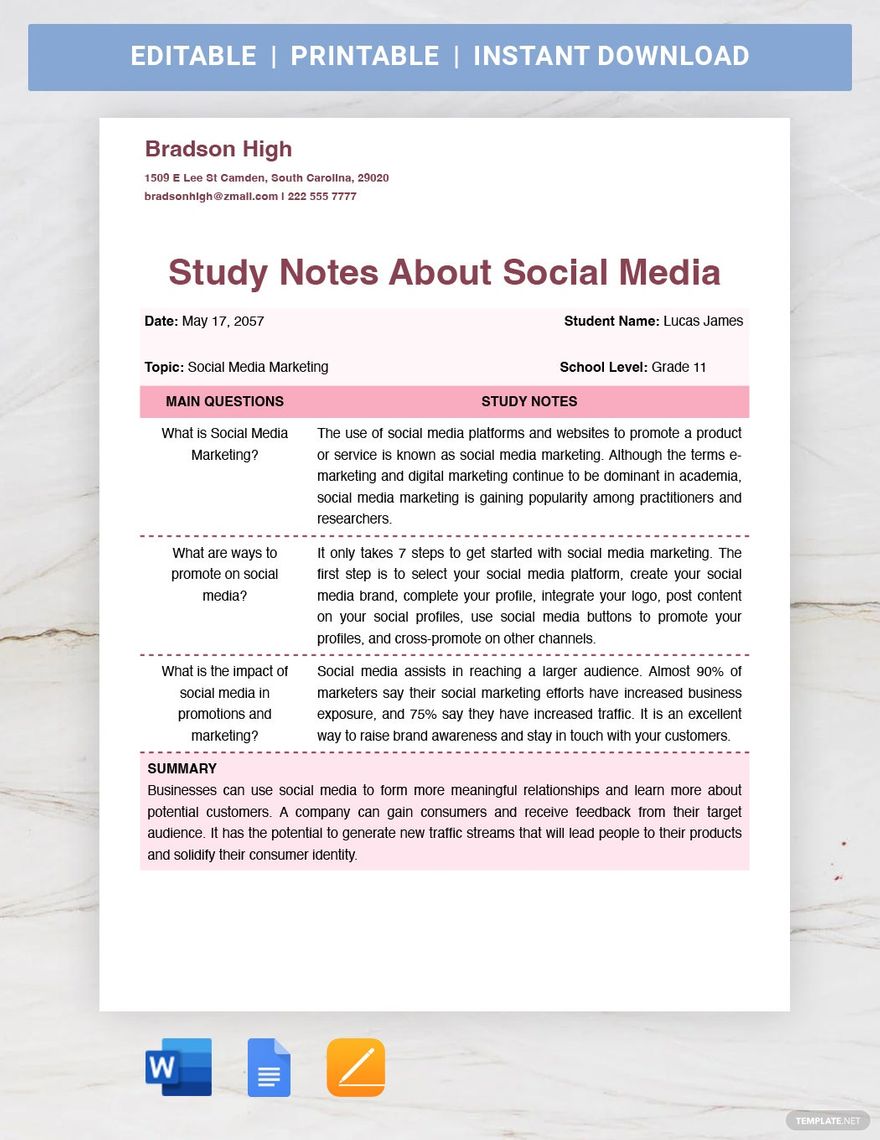
Therapist Note Taking
Therapist note taking is done by a mental health professional during a private counseling or therapy session. This helps a therapist process a client’s or patient’s thoughts. Technically, notes taken down during a session are called Psychotherapy Notes.
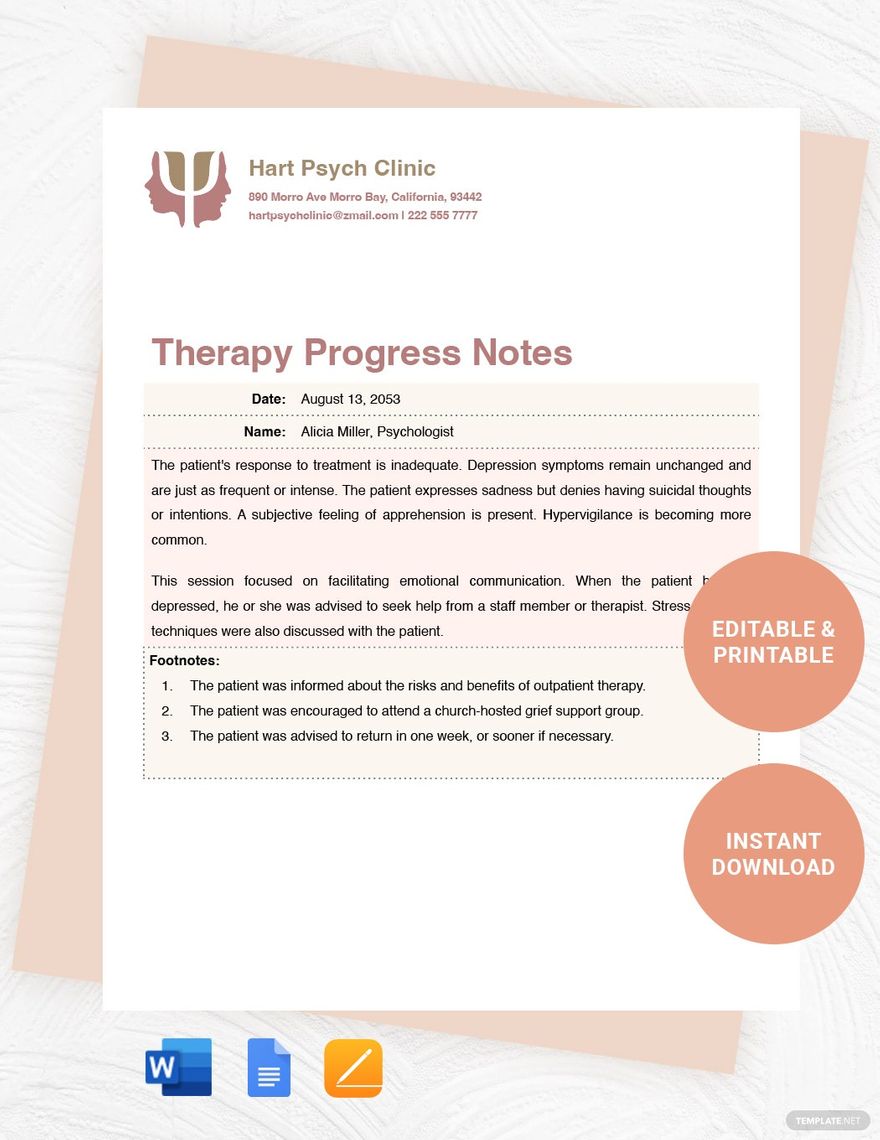
Lecture Note Taking
Lecture note taking is recording information, concisely and efficiently, on a notebook or a laptop. This is done while actively processing facts during a business meeting or an academic lecture. It is beneficial for students, businessmen, and corporate personnel, to acquire a skill of this particular type.
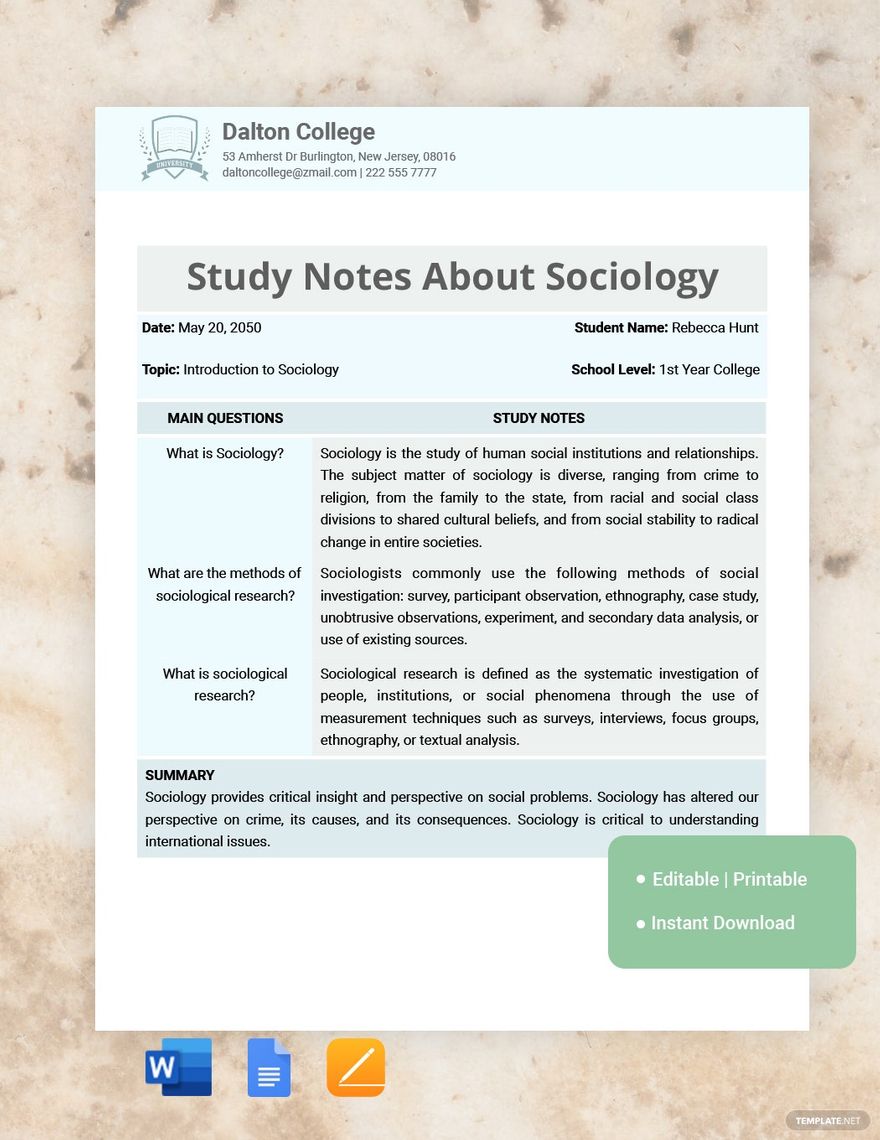
Lined Note Taking
Lined note taking is writing down information on a paper with a graphic design. The material used for this type is usually aesthetic but, at the same time, effective, especially for visual learners. Lined note taking is also efficient for people who are critical of uniformity which, in this context, refers to the spacing between sentences or phrases.
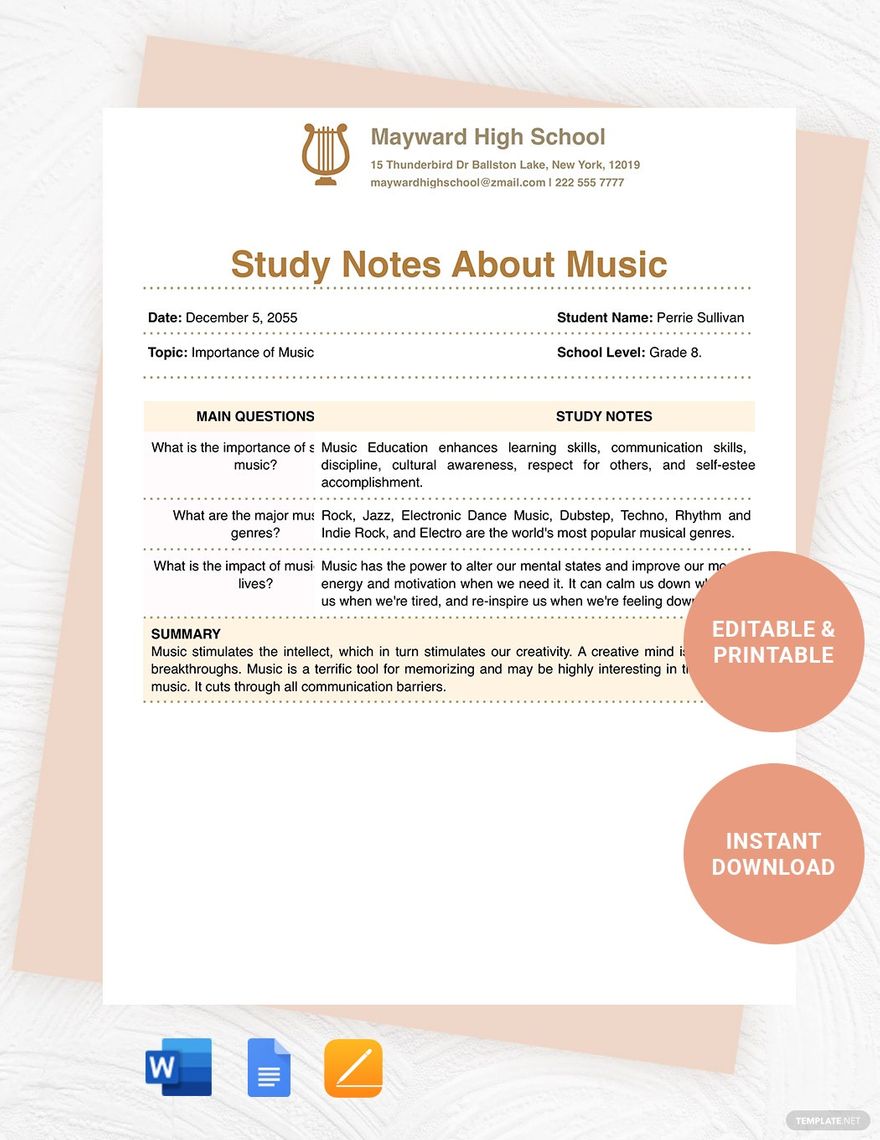
Note Taking Uses, Purposes, Importance
Effective note taking is a skill anyone can benefit from whether professionally or personally. It is useful, especially in the field of business, medicine, and education. Here are five reasons why note taking should be mastered:
Focus and Attention To Detail
Active note taking trains the brain to focus on key information necessary for learning a particular topic. This also intensifies attention to details that may be overlooked by someone who lacks skill in note taking. However, this needs continued practice to maintain these skills.
Prioritizing Skill
Because one can’t take all the information in the world all at once, one must know what is the most valuable to consume during a period of time. Note taking helps in sectioning and categorizing facts from most to least important. This is applicable in a professional environment and in an everyday life.
Comprehension and Retention
Note taking improves a person’s comprehension since it requires an understanding of lessons and texts in order to come up with a summarized version that is efficient for reviewing. It also refines retention because most of the information written down are more likely to be remembered than those merely recorded mentally. Adding note-taking to anybody’s roster of habits could come in handy on a daily basis.
Organizational Skill
Through note taking, organizational skills can be enhanced. Categorizing and compartmentalizing are used for an easier understanding of large data. Therefore, note taking is teaching a person to look for creative ways to organize thoughts and ideas.
Record of Key Information
Information collected, through note taking, on a paper or a digital note, serves as great material for reviewing later on for an exam or a presentation. According to Nick Blackbourn, good and comprehensive notes are useful when there is a need to recall something from before. They are a great memory capsule of personal thoughts on particular topics that are easy to reach when needed.
What’s In A Note Taking? Parts?
Note Taking Area
This is where details and information are written fully and meaningfully.
Cue Column
The Cue Column contains the shortened version of sentences, or the main idea, in the Note Taking Area which will be used in the remaining Rs (the first two being Record and Reduce) of note-taking: Recite, Reflect, and Review.
Summaries
References and summaries of the main ideas above are allotted here.
How To Design A Note Taking
1. Choose a Note Taking size.
2. Determine the purpose of the Note Taking.
3. Select a Note Taking template.
4. Gather all the information needed for note taking.
5. Identify which data belongs to each section or area in the template.
6. Input the information that fits the section or area.
Note Taking Vs. Code
Note Taking is the process of writing down information and determining the main ideas to be kept for reviewing or relearning.
On the other hand, Code, based on the Coding Manual for Qualitative Researchers, is most often a word or a short phrase that symbolically assigns a summative, salient, essence-capturing, and/or evocative attribute for a portion of language-based or visual data.
What’s The Difference Between Note Taking, Note Making, and Minute Taking?
Note Taking is the method of writing brief pats of a topic that hints at a general idea of a certain subject.
Note Making is taking notes of information from various sources, with one’s inputs and opinions, for personal consumption.
Minute Taking is jotting down important details of a meeting and is done by a member of a team or a secretary.
Note Taking Sizes
The sizes used for note taking depend on the usage frequency and the amount of data usually written down. Here are some suggestions:
Cardbook
55 x 90 mm (2.16 x 3.54 in)
Passport
90 x 125 mm (3.54 x 4.92 in)
90 x 140 mm (3.54 x 5.1 in)
A6
105 x 148 mm (4.3 x 5.8 in)
B6
128 x 182 mm (5.03 x 7.6 in)
Regular
110 x 210 mm (4.33 x 8.26 in)
A5
145 x 210 mm (5.70 x 8.26 in)
Note Taking Ideas & Example
In case you’re looking for something else, here is a list of suggested ideas and examples related to note taking:
- Grid Note Taking Ideas and Examples
- Pharmacology Note Taking Ideas and Examples
- Nurse Note Taking Ideas and Examples
- Summary Note Taking Ideas and Examples
- Note Taking Paper Ideas and Examples
- Respiratory Note Taking Ideas and Examples
- Note Taking Paper Ideas and Examples
- Meeting Note Taking Ideas and Examples
- Conference Note Taking Ideas and Examples
- Modern Note Taking Ideas and Examples
FAQs
What are the rules for Note Taking?
Typically, there are five Rs followed in note taking: Record as many facts and ideas as possible by writing them legibly; Reduce sentences into concise phrases that clarify meanings, support continuity, and boost memory; Recite ideas and facts, referring to summarized information, using own words and then verify if correct; Reflect on the opinions and pieces of data from the topic and how they relate to other topics – this helps avoid information from being forgotten; lastly, Review created notes regularly to retain valuable information.
What are the methods of Note Taking?
According to The University of Tennesse, there are five common note taking methods: Cornell, Outlining, Mapping, Charting, Sentence.
Why is Note Taking skills important?
Having note taking skills is important because it helps increase alertness, improve comprehension and organization, and record key information one can come back to whenever.
How do you write a Note Taking?
Write a note taking either by choosing keywords or key phrases from a particular topic and then outlining them (main topic over sub-topics) or by categorizing important details of a topic into diagrams for more visual organization.
What is the structure of Note Taking?
Basically, the structure of Note Taking is an inverted pyramid in terms of word count–the top, with the largest number of words, is comprised of rapidly written data picked up from a lecture; then, the middle with concise versions of the general ideas above; finally, the tip which consists of the synthesized paragraph referencing the main ideas from the previous stratum.
What is the most effective Note Taking method?
Based on popularity and frequency of usage, the most effective note taking method is between Oulitning Method and Cornell Method.
Why are Note Taking important for students?
Note taking is important for students because it helps in improving comprehension and organizational skills, heightening alertness, and strengthening memory among others.
How many steps are in Note-Taking?
Generally, there are three steps: 1. Determine the sources you need and the purpose of the lecture or lesson you want to study; 2. Write down the main ideas and facts using techniques that best suit you; and 3. Review your organized notes.
What is the main purpose of Note Taking?
The main purpose of note taking is to organize ideas and information in a way that is easier for anyone to understand and to have material ready for review.
What should you look for when Taking Notes?
When taking notes, first, look for a method that is appropriate for whatever you are studying; second, find a template (digital or physical) that is efficient and that fits your style; lastly, look for keywords or key phrases that point to the general of a subject or lesson, for a more effective note taking, rather than writing everything from the books or lecture slides.
What should you keep in mind when Note Taking?
Keep in mind that the goal of note taking is to record the most important parts of a lesson or lecture as rapidly as possible without sacrificing comprehension or sensibleness; in this process, identifying keywords or key phrases that sum up a paragraph of ideas is a determinant of an effective note taking.
What Note Taking design or layout is most effective for reviewing?
The effectiveness of note taking designs and layouts depends on the user’s personal interest and learning habits–for visual learners, a more graphic design (which includes diagrams and color-coded characters or symbols) would be best while conventional learners could use a visually laid-back design which typically directs to a simple outline of acts.
Why is choosing an appropriate template for Note Taking significant?
Choosing an inappropriate template, relatively, could hinder seamless reading through organized notes which then may eventually affect the quality of studying or learning.

